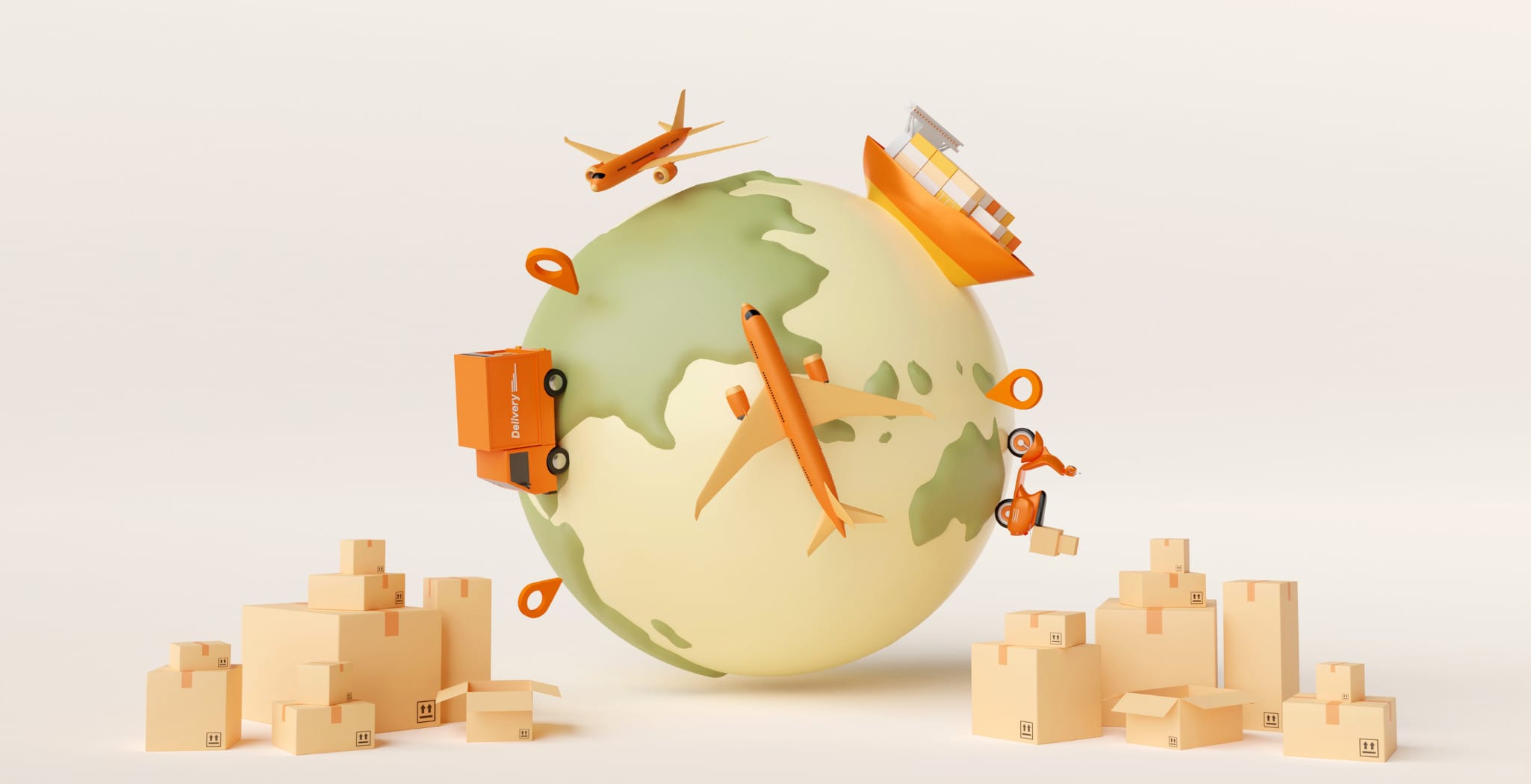Throughout the scope of history Imperial China was known as a civilization of high culture and the world’s epicenter for scientific and technological advancement. Fast forward to a modern context, the Middle Kingdom has not reveled the reputation of being a technology driven leader fueled by innovation. Due to a series of foreign invasions followed by economic collapse, and closed door economic policies for most of the twentieth century China had lost its propensity to lead the world in these areas of development. More recently, China has been notoriously known as a culture of “copy cats,” possessing a mastery level of replicating existing ideas and inventions, but lacking the ingenuity to create and innovate into the future.
Today, we have witnessed another story unfold throughout the far-east. As the ink on the early pages of the twentieth-first century begin to dry the world has seen globalization and a series of gradual economic reforms transform China from an agrarian society to an industrial based super power. As the story of China continues to evolve its beginning to metamorphose from a low-cost and quality manufacturing center to an innovative, value-added provider in the global economy.
In the last couple years China has placed a greater emphasis on innovation, invested heavily in research and development, and drastically improved its technology. Although China has laid the foundation to be an ideal location for new product development, can it ultimately prove itself to be a global leader in product innovation? Let’s explore some key aspects of development that China has improved upon to become a stronger leader in innovation.
Manufacturing Capabilities Spreading into New Industries
As the world’s largest manufacturer, China possesses an array of factories whose manufacturing capabilities and product offerings span across a wide range of industries. In order to thrive amidst today’s global economic challenges, China has begun to embrace new sectors and strategies for growth in order to maintain its comparative advantage. China is in transition from a highly labor intensive, commoditized, and lower-skilled manufacturing base to a more innovation-driven economy that utilizes knowledge, innovation design, IT, software, and marketing. The sectors driving China’s “next wave” of growth are focusing on more specialized and innovative production in the following areas:
- High-value machinery and components:China is likely to become a regional hub for machinery production. Similarly, a shift in electronics components has caused a rapid increase in trade of higher-tech products and components.
- Mobile technology: Now the world’s largest consumer of mobile phones. Chinese innovation in mobile gaming, communications, e-commerce, and shopping software and services holds enormous potential to boost the nation’s competitiveness and spur new mobile-specific industries.
- Logistics and other services:Shifting to innovative and specialized manufacturing creates opportunities for companies to capture new value in the aftermarket for goods after production. Adding cloud computing and data analytics to business practices has tremendous potential to propel the distribution sector to one of the fasting-growing industries over the next two decades.
- Energy:China’s rapid growth and development has created a demand for more innovative and environmentally-friendly energy policies. Demand for China to become more environmentally conscientious is creating opportunities for China to address growing ambient air pollution and greenhouse gas emissions while fueling economic growth.
Better Product Solution Providers
The Chinese and project managers have been known to be quite literal when taking instructions, not veering “outside the box” or thinking creatively. Much of this is culturally engrained. The Chinese have always followed a clear hierarchical mindset in family, community and business. Someone is always in charge whether the leader of the PRC, a family patriarch or factory boss and one wouldn’t dare challenge that authority or buck the system. The same goes for reading and following written direction. “Paint the train blue” means paint the train blue. It doesn’t infer teal, sky blue or aqua. It doesn’t say anything about parts per million in allowable lead content.
The last two decades have provided exposure to working in tandem with the West and through a little osmosis and collaboration, the Chinese are now seeing that creativity, initiative and assertiveness are traits that can be rewarded. One client of ours had us produce aluminum mailboxes as in the plain, arched U.S. Mail receptacles found across the land from sea to shining sea. They would easily fill a 40 foot container with 3,000 mailboxes at around $1.50 per piece in freight cost. One day our project manager was watching the boxes get loaded and had an idea. If the client could accept a slight smaller model as well as the existing one, they could fit 6,000 units on a container and cut the freight costs in half–something no one had ever suggested before.
Improved efficiency
As Chinese manufacturers face declining profit margins from rising labor costs, Factory owners are brainstorming ways to produce more with less. The result? Chinese factories are capping costs and improving efficiency by using automation to raise productivity. This allows manufacturing companies in China to maintain their market positon by remaining cost competitive. Just because wages are rising in China doesn’t mean that sourcing managers are ready to throw in the towel yet.
The robotics industry is on the cusp of revolutionizing the way business is conducted in China and the world. China is expected to have the most industrial robots operating in production plants worldwide within the next few years. The ratio of industrial robots to workers in China is still relatively low, but that is swiftly changing. Although China has been long known as a source of low-cost manual labor, as the cost of automation drops and wages increase, industrial automation is looking increasingly attractive. The growth in the robotics industry isn’t merely a tool to hedge against rising wages, but functions as a catalyst of putting China on the map as a world leader in advanced manufacturing innovation.
Creativity transferring into Improved Packaging
Asian packaging has always been easy to spot. Corrugate that almost cracks apart when opening a carton and packaging graphics famous for wildly colorful kittens, characters with only pupils for eyes and in all some pretty tacky artwork. Investment and sophistication have brought about an evolution in Chinese packaging capabilities. Thanks to technology it is possible to get the same digital quality art illustrator (AI) files printed on a wide variety of media.
Harnessing the Technology Learning Curve
Over the past couple decades China has keenly observed, studied, and adopted the influx of technology that has poured into the country through years of licensing agreements, joint ventures, and FDI by western corporations. The Chinese government has also placed an enormous emphasis on scientific and technological advancement through funding and reform placing a heightened societal status on science and technology. China has made rapid advances in high-tech manufacturing, patents, and commercial applications and is now seen in some areas as a world leader.
China’s next move is to increasingly target indigenous innovation as it aims to target remaining weaknesses in technological development. Traditionally, when Chinese companies face severe competition they first look to purchase foreign technology rather than investing in developing technology. China’s hierarchical, top-down society where authority is greatly respected and feared has been argued to stifle creative development. China has been successful in making small, innovative improvements to existing designs. This may not create ground breaking products or make headlines but it does illustrate that the country is making a serious commitment to improving technology and innovation in its product development capabilities.
Michelle Scheblein is China Business Analyst at BaySource Global. She has a B.A. in international business from the University of South Florida and has studied abroad, interned, and worked in China between 2011-2014. She can be reached at mscheblein@gmail.com





Follow Us